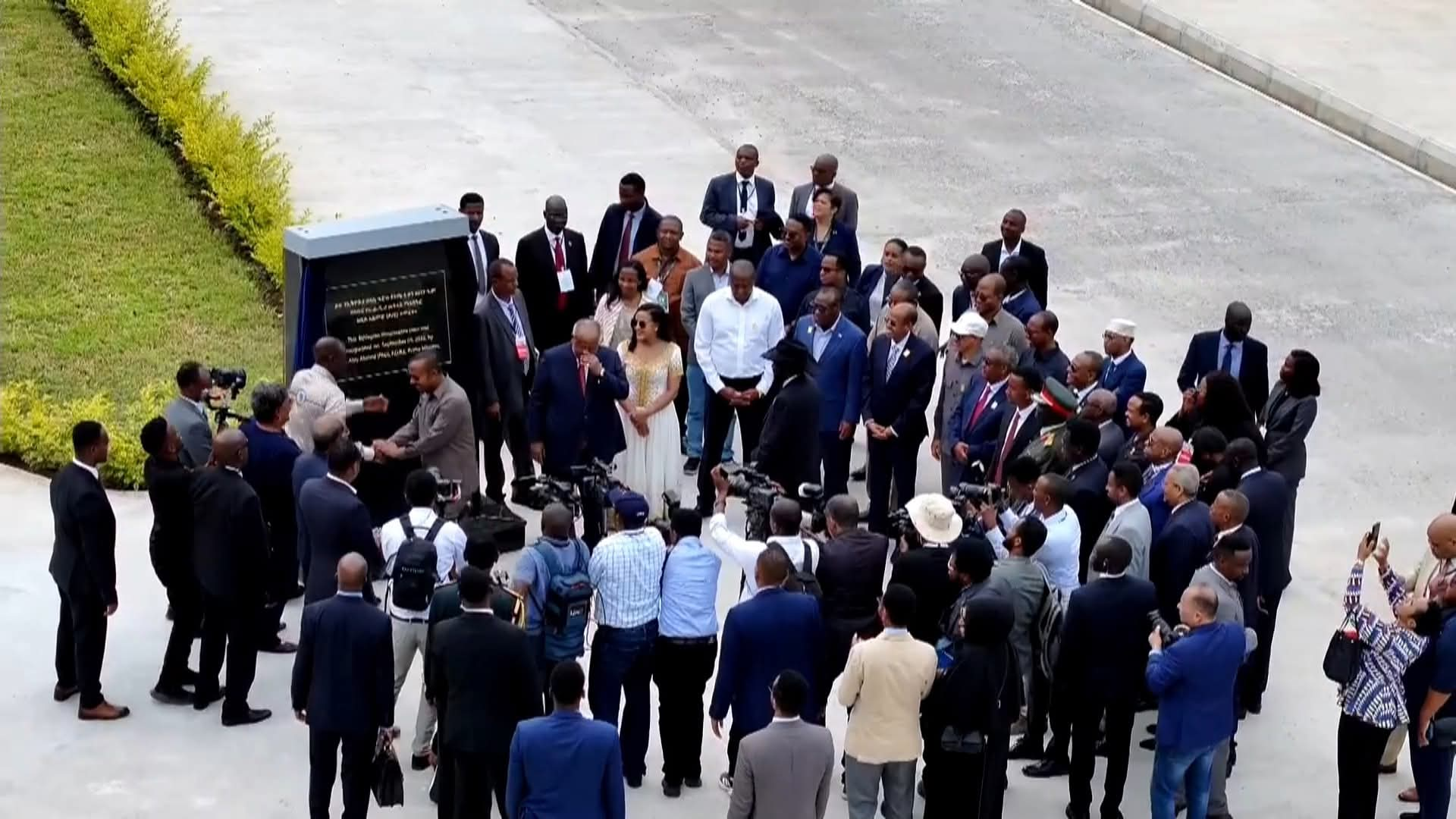
President William Ruto has praised Ethiopia for the successful completion of the multi-billion-dollar hydro power dam, the Grand Ethiopian Renaissance Dam (GERD).
Ruto described the project as a shining example of Africa’s ability to mobilise its own resources for transformative development.
Speaking in Addis on Tuesday during the official inauguration of the dam, Ruto defended the country for putting up the project amid downstream tensions with Egypt and Sudan saying no country should be denied the opportunity to harness such a vast resource.
According to the Head of State, the GERD will not only benefit Ethiopia but also serve as a shared regional asset.
“No country should be denied the opportunity to unlock a huge resource like the one we are launching today, because indeed it becomes a shared resource,” Ruto said, commending Ethiopian Prime Minister Abiy Ahmed and his people for the milestone.
He highlighted Ethiopia’s decision to finance the $5 billion mega-dam entirely from domestic resources, without external debt, as a bold demonstration of Africa’s ability to define its own destiny.
“The fact that you have raised $5 billion without debt, without borrowing, without support from others makes us believe that indeed Africa can take charge of its own destiny,” Ruto remarked.
“If you are in doubt at any one moment, let me confirm to you, you are doing the right thing.”
Drawing parallels with Kenya’s ongoing Affordable Housing Programme (AHP), Ruto revealed that his government is similarly driving development through local mobilisation.
He noted that about 7 million Kenyans live in slums and that the State has committed to dignifying lives through affordable housing.
“Already, we have 700,000 units in the pipeline and 170,000 houses currently under construction. Kenyans, from their own resources, have raised $4 billion worth of projects under the housing program. This mirrors what Ethiopia has done with this dam,” he said.
Ruto said both projects underscore a new wave of African-led initiatives aimed at lifting citizens out of poverty and dependence.
“That way, we can emancipate our people from debt, from begging across borders, and take charge of our own development,” he added.
The President also used the occasion to call for greater cooperation and integration in the region, stressing that peace and prosperity can only be achieved through partnership rather than rivalry.
“This moment must remind us that the path to peace and prosperity lies in working together, not division; in partnership, not rivalry; and in unity, not isolation. Together, we can transform our region, harness our shared resources, and shape a future of dignity and opportunity for all our people,” Ruto said.
The GERD, Africa’s largest hydroelectric power plant, has been a symbol of Ethiopian pride and resilience, built largely through citizen bond purchases and contributions.
It is built on the Blue Nile.
Abiy, in his remarks, hailed the project as a “shared opportunity” for the region that is expected to generate more than 5,000 megaWatts of power and allow surplus electricity to be exported.
The Blue Nile, one of the Nile’s two main tributaries, flows north into Sudan and then Egypt.
The dam is located just 14km (9 miles) east of the Sudanese border, measuring 1.8km (1.1 miles) wide and 145 metres (0.1 mile) tall.
Egypt and Sudan have expressed fears that the dam will threaten their water security and even breach international law.











